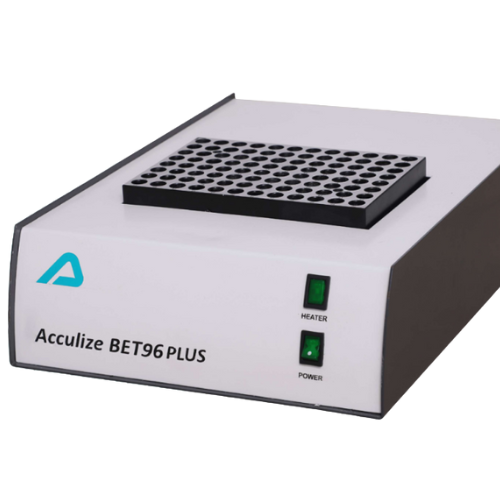Here are the uses of heating blocks in diagnostics, particularly in relation to applicable U.S. FDA regulations (21 CFR) and diagnostic laboratory practices:
Uses of Heating Blocks in Diagnostics
- Sample Preparation
Heating blocks are used to maintain or raise sample temperatures during preparation, helping with cell lysis, reagent activation, or incubation. - DNA/RNA Extraction
Essential in molecular diagnostics (e.g., PCR testing), heating blocks aid in nucleic acid extraction by facilitating thermal lysis or enzymatic digestion. - PCR Reaction Setup
Heating blocks help maintain a stable environment for reagents before they are transferred to thermocyclers for amplification. - Enzyme Activation or Inactivation
Used to activate or inactivate enzymes during diagnostic workflows like ELISA or RT-PCR. - Serological Testing (Biologics)
Under 21 CFR § 640.101, heating blocks are used in heat stability tests for biologics to ensure product stability (e.g., vaccines or immune sera). - Incubation of Diagnostic Reagents
Reagents that require incubation at specific temperatures (e.g., for colorimetric changes or antigen-antibody reactions) often use heating blocks. - Safe, Controlled Heating
Provide uniform heating compared to open flames or water baths, ensuring accuracy and biosafety compliance. - X-ray Equipment Quality Testing (Indirect Use)
While not directly mentioned in 21 CFR § 1020.30, heating blocks may be used in quality control procedures for components (like sensors or gels) associated with diagnostic imaging tools.

